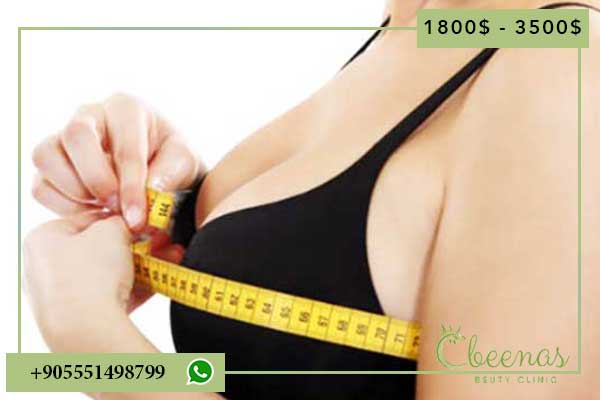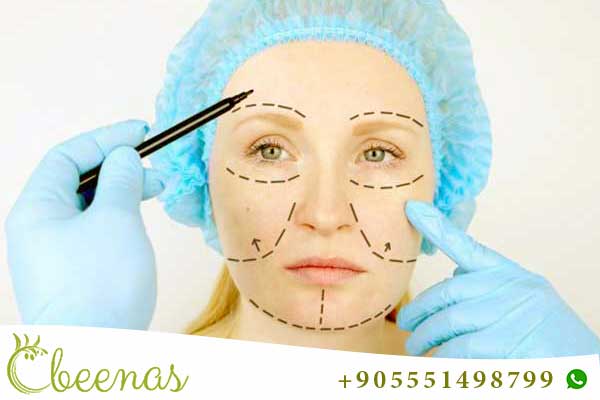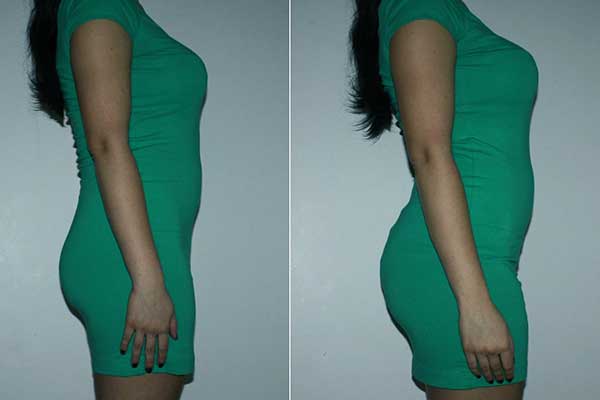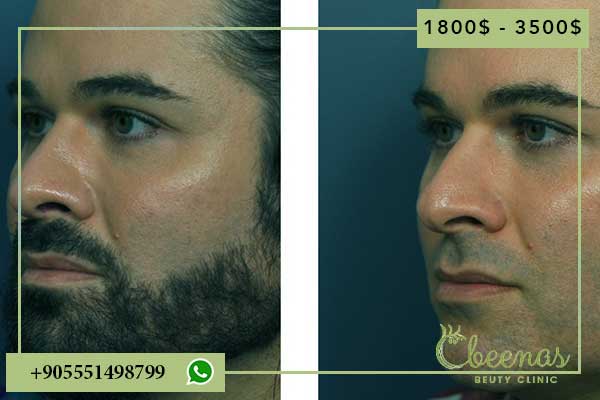Who Should Not Get CoolSculpting?
CoolSculpting has gained immense popularity as a non-surgical method to contour and reduce stubborn fat areas, but it’s not suitable for everyone. While it may seem like the dream solution to shed those last inches, CoolSculpting isn’t a universal fit.
This article will explore why certain people should avoid CoolSculpting, alternative treatments available, and critical considerations before booking that first session.
What Is CoolSculpting and How Does It Work?
CoolSculpting, also known as cryolipolysis, is a FDA-approved treatment that uses controlled freezing to eliminate fat cells in targeted areas. This cooling process selectively targets fat cells without harming the surrounding tissues, making it a unique option for those seeking minimal recovery time and a safe approach to fat reduction.
However, it’s important to note that CoolSculpting isn’t a weight-loss solution but a body-contouring technique. It’s ideal for those close to their target weight but struggling with areas resistant to diet and exercise. So, who should not consider CoolSculpting?
Are you looking for the best doctor and clinic?
Affordable packages for your budget…
Let us assist you on an enjoyable journey
Who Should Avoid CoolSculpting?
Top 8 Reasons to Skip This Treatment
1. High or Low Body Mass Index (BMI)
CoolSculpting works best for those with a BMI between 18.5 and 25. People with higher BMIs may not see noticeable results because CoolSculpting is designed for small pockets of fat, not significant weight loss. On the other hand, those with a very low BMI might lack enough fat for the treatment to be effective.
Tip: Those aiming for weight loss might benefit more from a medically supervised weight-loss program before considering any body contouring procedures.
2. Pregnant or Planning to Become Pregnant
CoolSculpting is generally considered safe, but pregnant women or those planning a pregnancy should avoid it. During pregnancy, the body undergoes substantial changes, including fat distribution. Since CoolSculpting targets specific fat areas, it’s best to wait until after pregnancy to ensure lasting results.
3. Cold-Related Health Conditions
Those with cold-related conditions, such as Raynaud’s syndrome or cold urticaria, may experience adverse effects during CoolSculpting. Since the procedure involves sub-zero temperatures, it can trigger these conditions, leading to severe discomfort or even damage.
Examples of Cold-Related Conditions Include:
- Raynaud’s syndrome
- Cryoglobulinemia (abnormal proteins in blood)
- Paroxysmal cold hemoglobinuria
Metaphor: Think of CoolSculpting like a winter chill on a brisk morning—it feels refreshing to most, but for some, it’s dangerously cold.
4. Untreated Hernias Near the Target Area
If you have an untreated hernia near the CoolSculpting treatment area, you should avoid this procedure. The pressure applied by the CoolSculpting applicator can aggravate the hernia, potentially leading to serious complications.
5. Active Infections or Skin Conditions in the Treatment Area
CoolSculpting applicators require direct contact with the skin. Any active infection or skin condition, such as eczema, psoriasis, or an open wound, could worsen with the treatment. For safe, effective results, ensure your skin is clear and healthy before undergoing CoolSculpting.
6. Loose or Excessively Hanging Skin
CoolSculpting targets subcutaneous fat but doesn’t tighten skin. People with loose, hanging skin may find that CoolSculpting accentuates this laxity rather than improving their appearance. In such cases, skin-tightening options, like radiofrequency treatments, may provide better results.
Visual: Imagine smoothing out wrinkles on a silk scarf by freezing it—the texture won’t change, even if it looks sleeker at first glance.
7. History of Paradoxical Adipose Hyperplasia (PAH)
PAH is a rare but known side effect of CoolSculpting. Instead of reducing fat, PAH causes an unexpected increase in fat cells, making the treated area appear larger. This condition often requires surgery to correct, and those who’ve experienced it previously are more likely to develop it again.
- Occurrence rate: 0.033% of treatments
- Solution: Surgical intervention, usually several months after initial treatment
8. Medical Conditions Requiring Weight Maintenance
People with specific medical conditions, like diabetes, cardiovascular disease, or autoimmune disorders, should consult with their healthcare provider before considering CoolSculpting. Rapid or unexpected changes in body fat can impact these conditions.
Alternatives to CoolSculpting
If CoolSculpting isn’t the right fit for you, don’t worry—there are alternatives that may suit your needs and goals better.
| Treatment | Ideal For | Pros | Cons |
|---|---|---|---|
| Radiofrequency | Loose skin and slight fat reduction | Tightens skin, reduces minor fat | Requires multiple sessions |
| Ultrasound Fat Reduction | Small fat areas, similar to CoolSculpting | Non-invasive, no downtime | Gradual results |
| Laser Liposuction | Those looking for quick fat reduction | Immediate results, minimally invasive | Minor recovery time |
| Traditional Liposuction | Larger fat removal requirements | Effective for significant fat loss | Surgery, longer recovery period |
Side Effects and Risks of CoolSculpting
Though CoolSculpting is generally safe, there are some potential side effects and risks to consider. These can range from mild discomfort to rare but serious complications.
Common Side Effects
- Swelling and Redness: Commonly occurring right after the procedure, these symptoms usually subside within days.
- Tingling and Numbness: Temporary nerve effects can last for up to six weeks.
- Minor Bruising: Some may experience light bruising in the treated area, though it generally fades within a week.
Rare Complications
- Paradoxical Adipose Hyperplasia (PAH): As noted, PAH leads to an increase in fat cells in the treated area, creating a bulky appearance.
- Frostbite: Very rare due to controlled temperatures, but it is possible with poorly applied equipment.
- Hyperpigmentation: May occur in people with darker skin tones but usually fades on its own.
CoolSculpting: Is It Worth the Cost?
Cost Comparison Table
| CoolSculpting | Radiofrequency | Ultrasound Fat Reduction | Laser Liposuction |
|---|---|---|---|
| $2,000–$4,000 per area | $500–$1,500 per session | $500–$2,500 per area | $1,500–$3,000 per area |
CoolSculpting may be a worthwhile investment for those close to their ideal body weight with targeted fat areas. However, alternatives could offer similar benefits at a lower cost or with fewer restrictions.
Questions to Ask Before CoolSculpting
If CoolSculpting seems right for you, here are a few questions to help make sure it’s the best decision:
- What are the credentials of my provider?
- How many sessions will I need to achieve my goals?
- What is the expected recovery time?
- What are the specific risks related to my health condition?
- Can I see before-and-after photos of clients with similar body types?
These questions can ensure you are fully informed and prepared for the journey ahead.
Final Thoughts: Is CoolSculpting Right for You?
CoolSculpting is a convenient, non-surgical option for achieving a sculpted look, but it’s not ideal for everyone. If any of the conditions listed apply to you, it may be best to consider alternative treatments that align better with your health and goals. Remember, beauty and health go hand-in-hand, so make sure your chosen procedure respects both.
Do you want the best clinic and doctor
A price package suitable for your budget
Let us help you have an enjoyable journey
External Link: For more on CoolSculpting’s benefits and limitations, check out the Mayo Clinic’s guide to CoolSculpting.
This guide offers a well-rounded view of when to pass on CoolSculpting, ensuring your decision is safe, informed, and aligned with your unique body needs.






